The $23-million Robert L.B. Tobin Land Bridge that connects Phil Hardberger (West) Park to Phil Hardberger (East) Park is an engineering marvel.
It is the largest wildlife land bridge in the United States, and its opening has generated quite a buzz. The bridge, 189 feet long by 150 feet wide, spans Wurzbach Parkway, connecting the two sides of the 311-acre park on San Antonio’s North Side, in between 410 and 1604.
According to the San Antonio Express-News, coyote, white-tailed deer, cottontail rabbits, armadillos, racoons, opossums and bobcats have been spotted in the park along with 150 species of birds and 145 types of insects. Thanks to the bridge, they won’t have to risk getting run over by a car.
My husband and I came upon a grazing deer just off the trail while we walked to the land bridge, and we also spied a bright red cardinal, who was searching for lunch. I also enjoyed seeing interesting-shaped tree trunks and felled logs on our walk.
It’s going to take some time for the plants and trees to grow in and cover the land bridge, but the half-mile walk leading up to the bridge–we started from the Blanco Road (East) side–is lovely. The live oaks and Texas persimmons alone are worth the trip.
Signage is tricky, so make sure you don’t keep going in circles on the Geology Trail or the Water Loop Trail to get back to your car. You may also take VIA to get to the park, which is open sunrise to sunset, seven days a week.
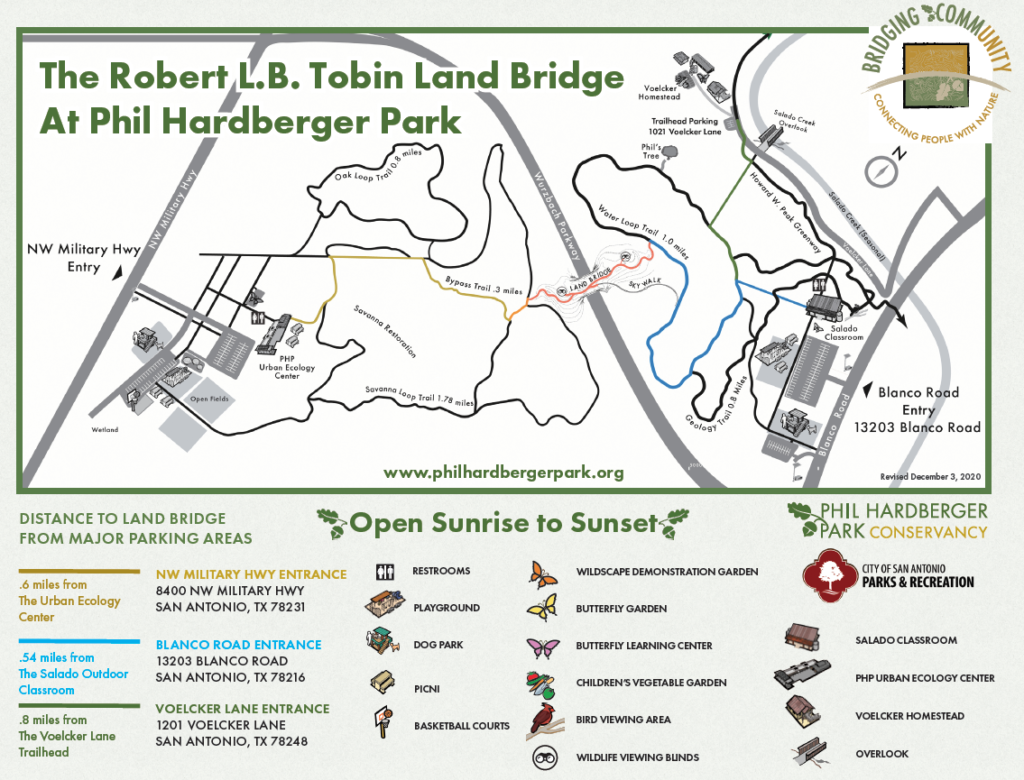
Phil Hardberger and his wife, Linda, have done a lot of good in their lives, but making sure this land was saved for public use and a wildlife sanctuary might be at the top of their list. Visitors to the park will be forever grateful.
Denise Barkis Richter, Ph.D., author of “San Antonio’s Passport to Fun,” has been blogging about San Antonio since June of 2010. Follow her at facebook.com/SanAntonioTourist so that you’ll never miss a post. Her love affair with the Alamo City began at Hemisfair in 1968. She moved to San Antonio in 1979 as an 18-year-old college student, and San Antonio has been her home ever since. Denise completed certification to become a professional tour guide in 2019. Please contact her at sanantoniotourist at gmail dot com if you’d like for her to curate a fabulous San Antonio experience for you!


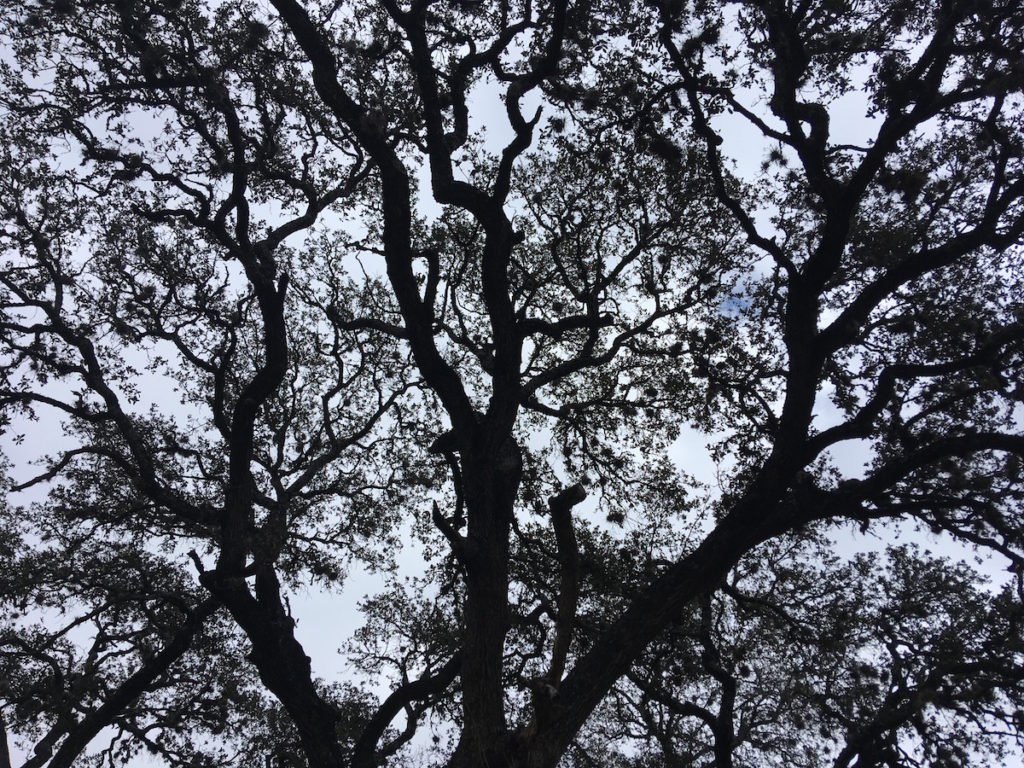
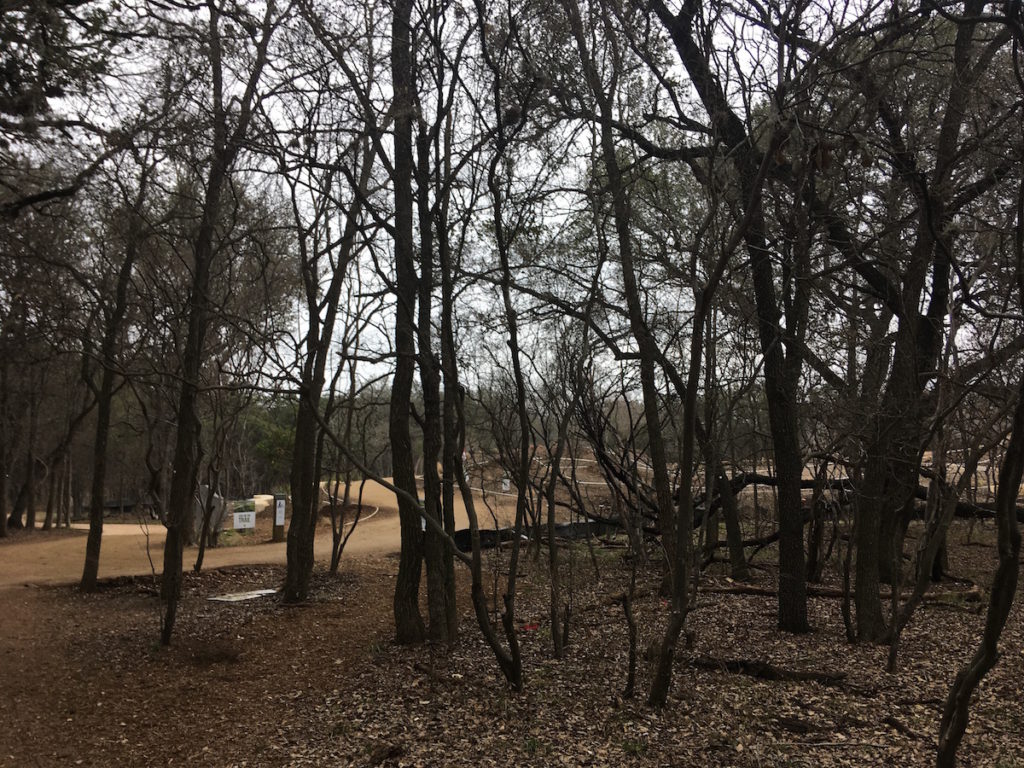
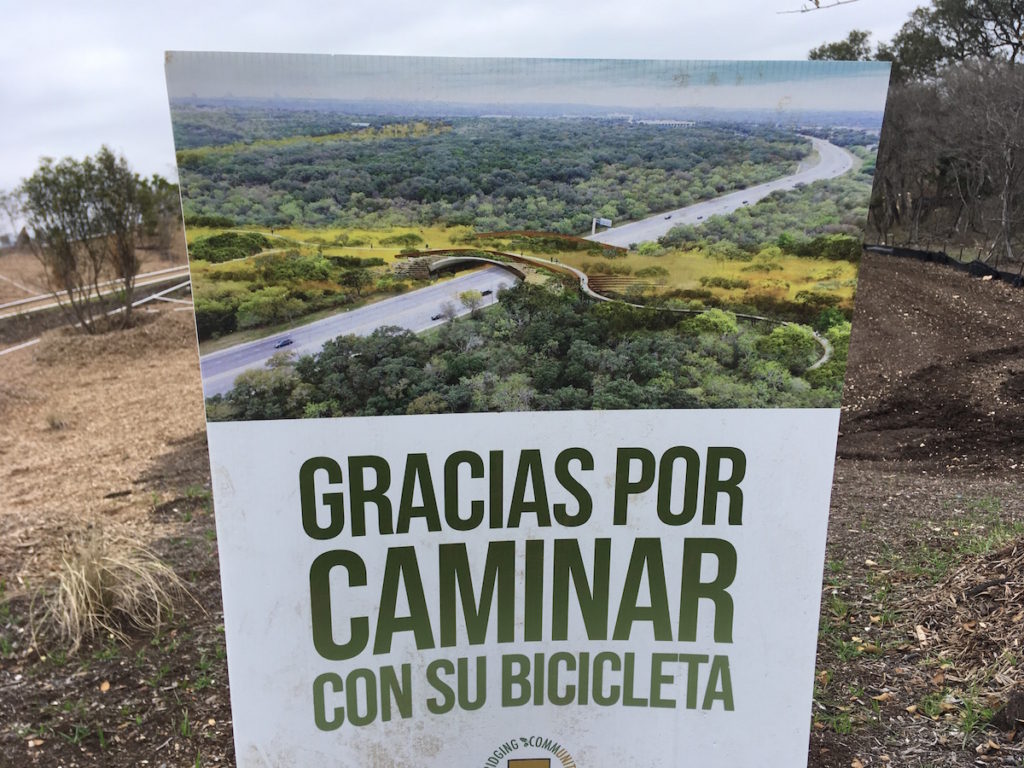
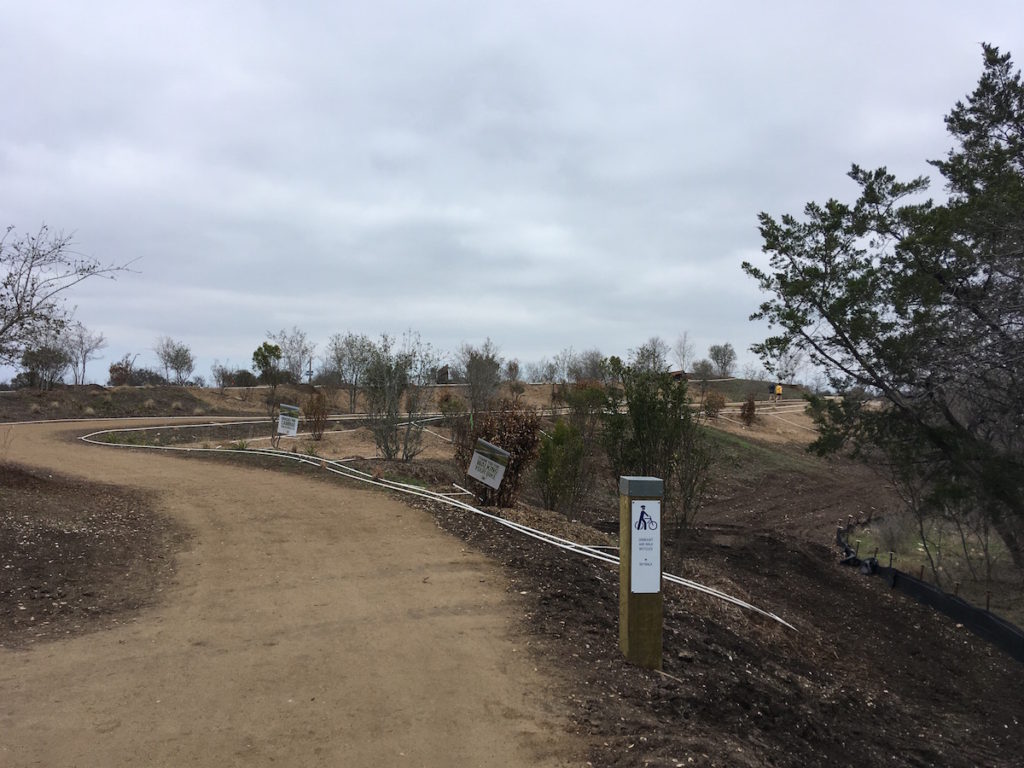
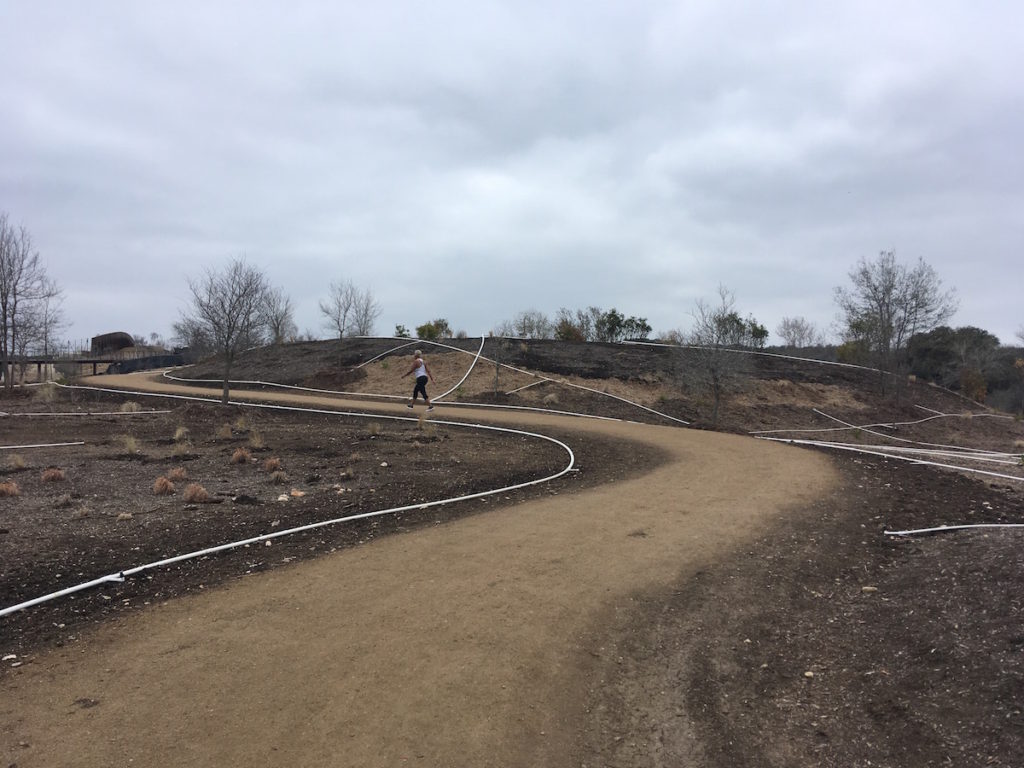

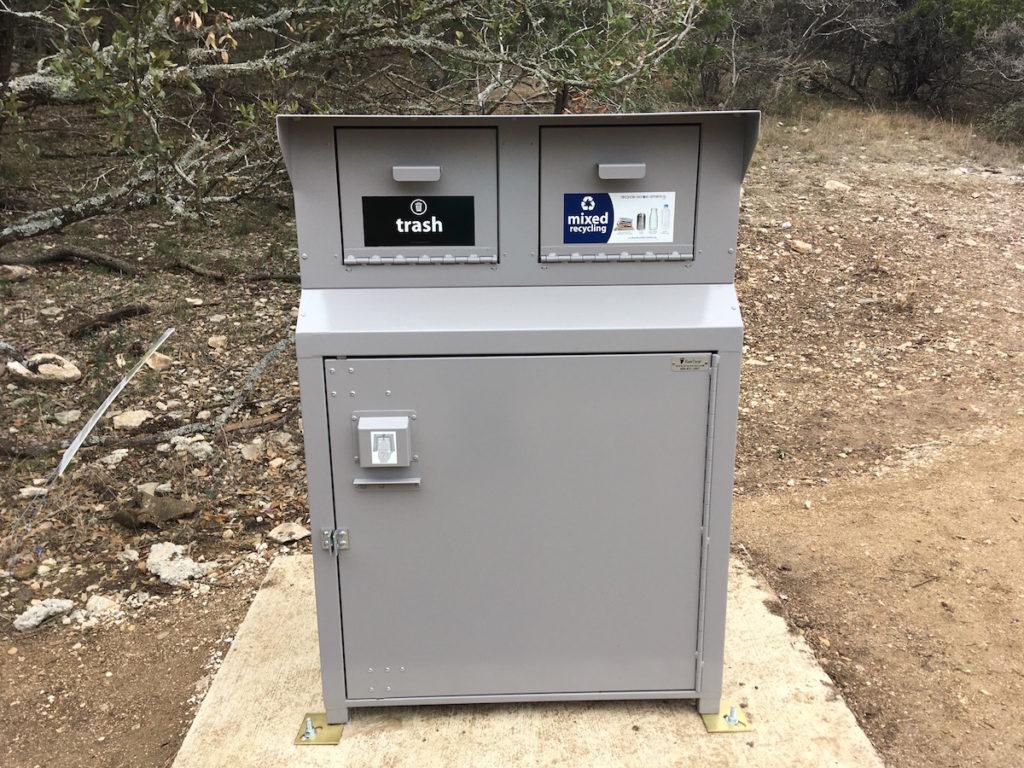
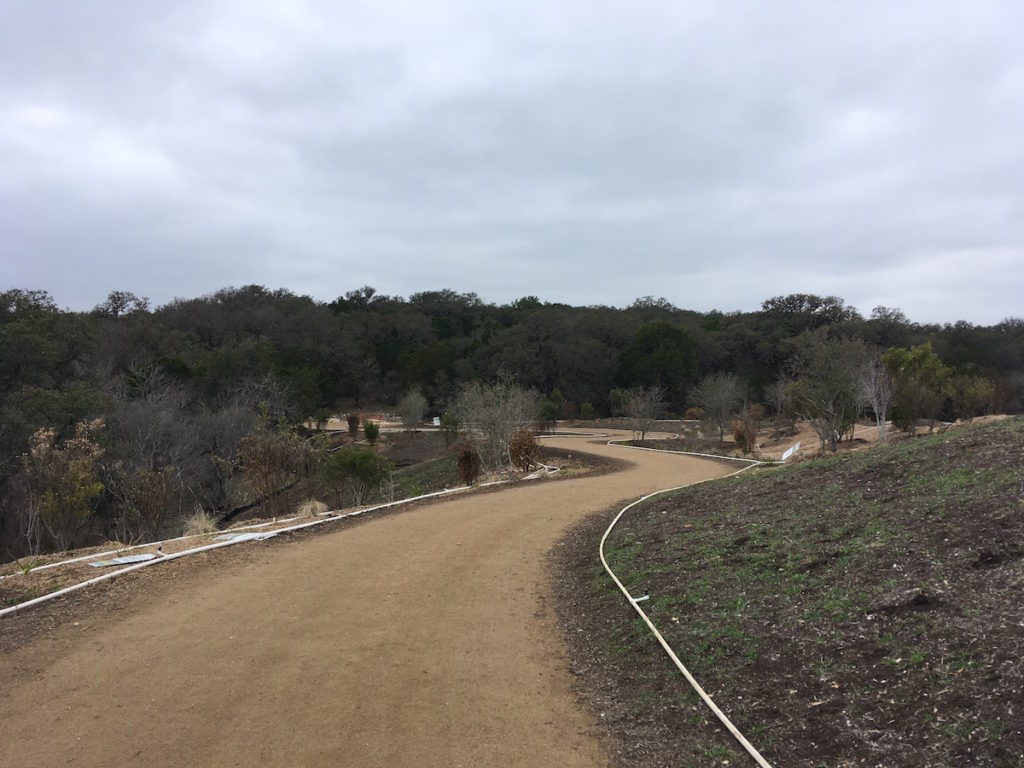
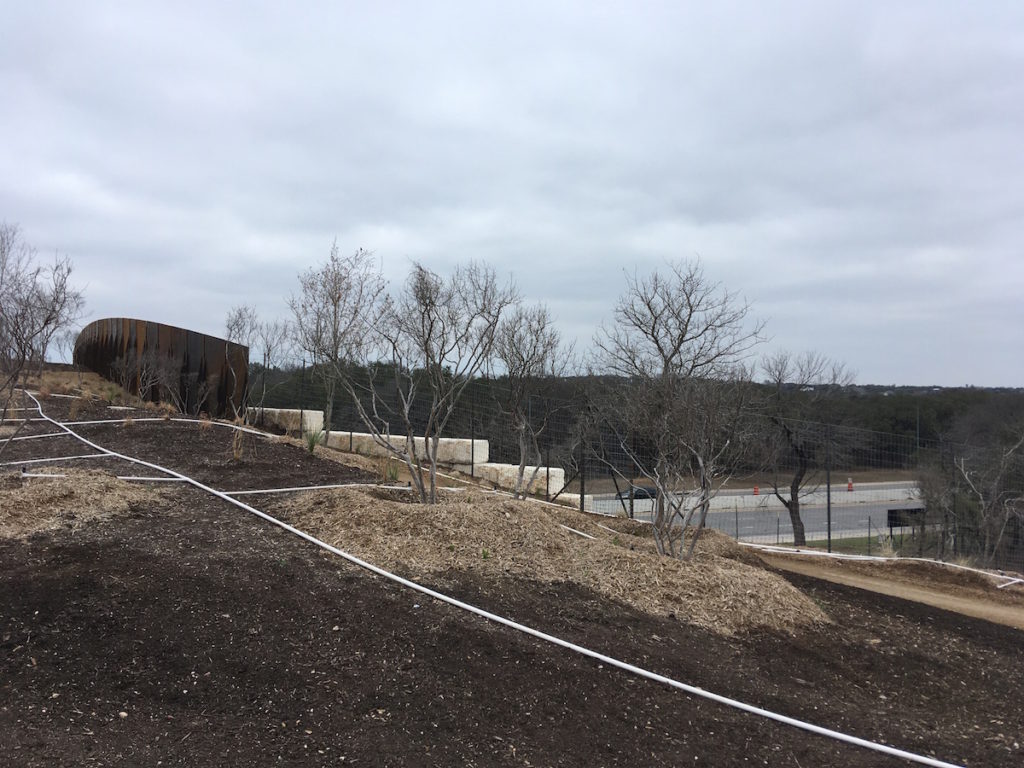

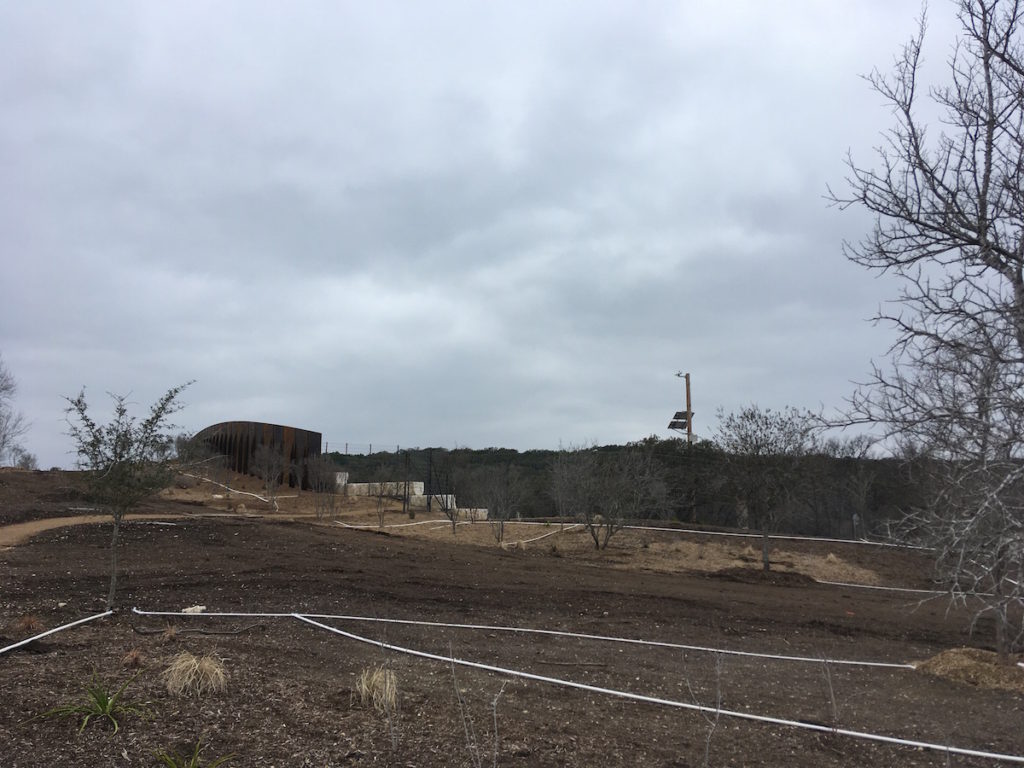
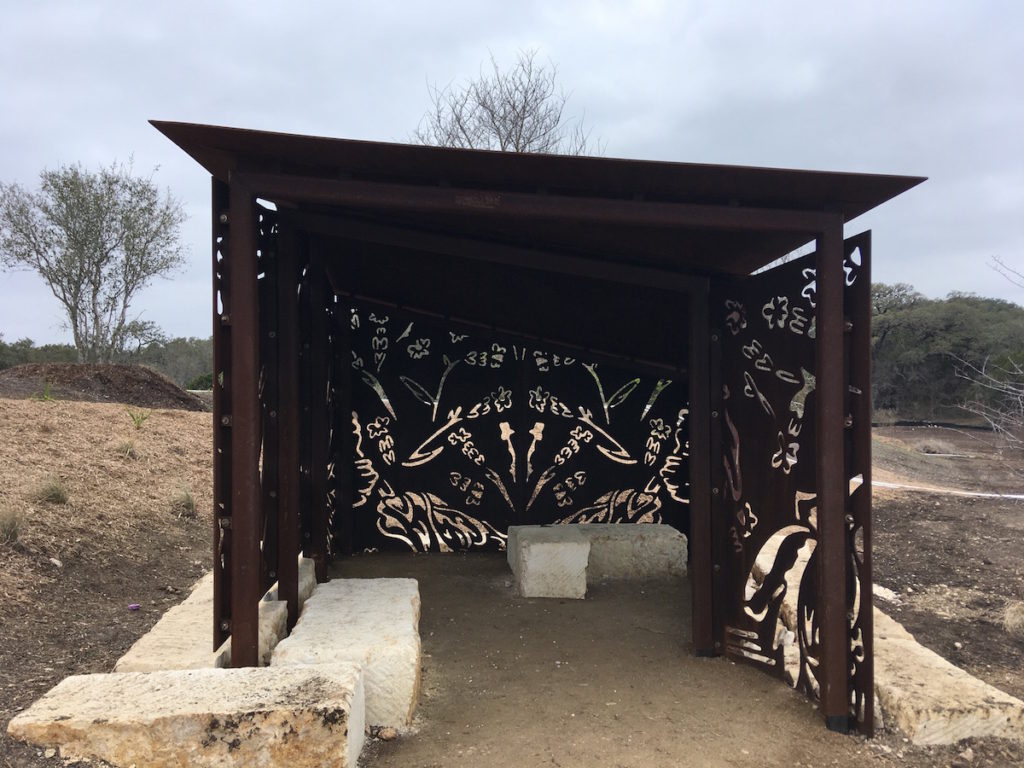
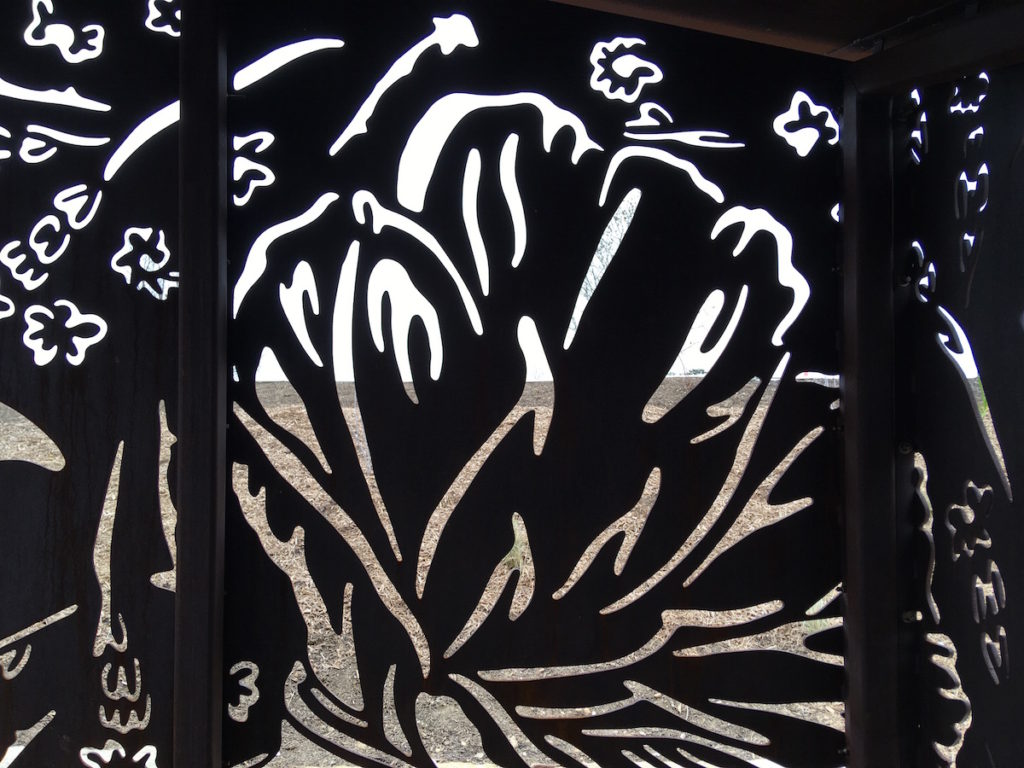
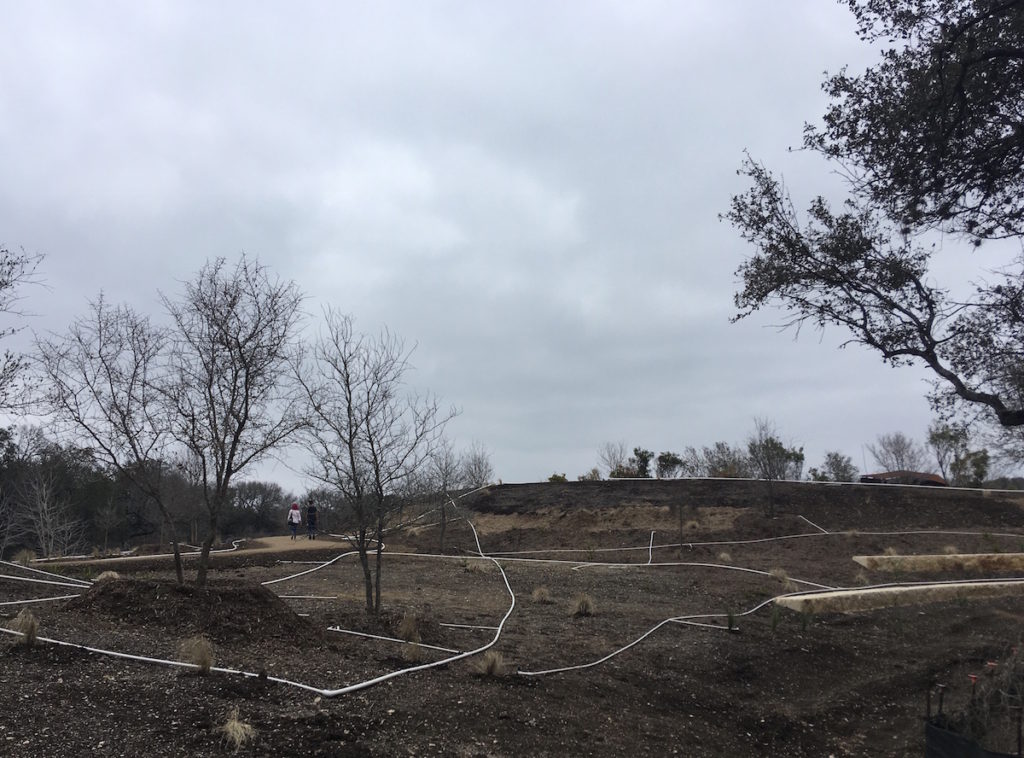





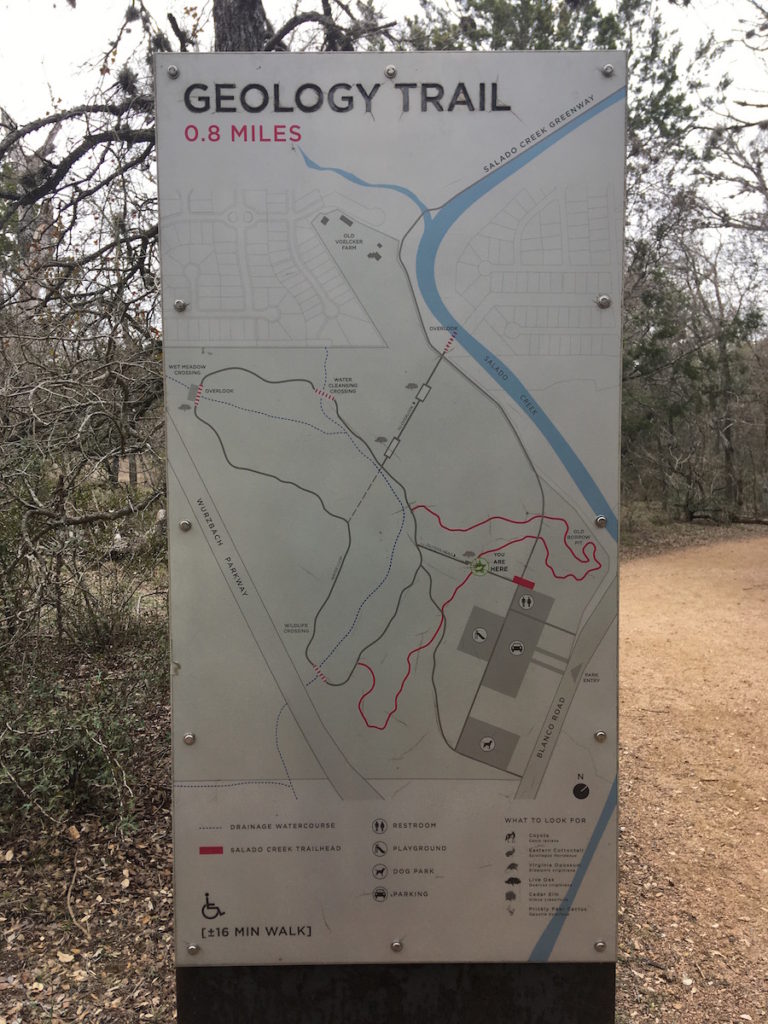
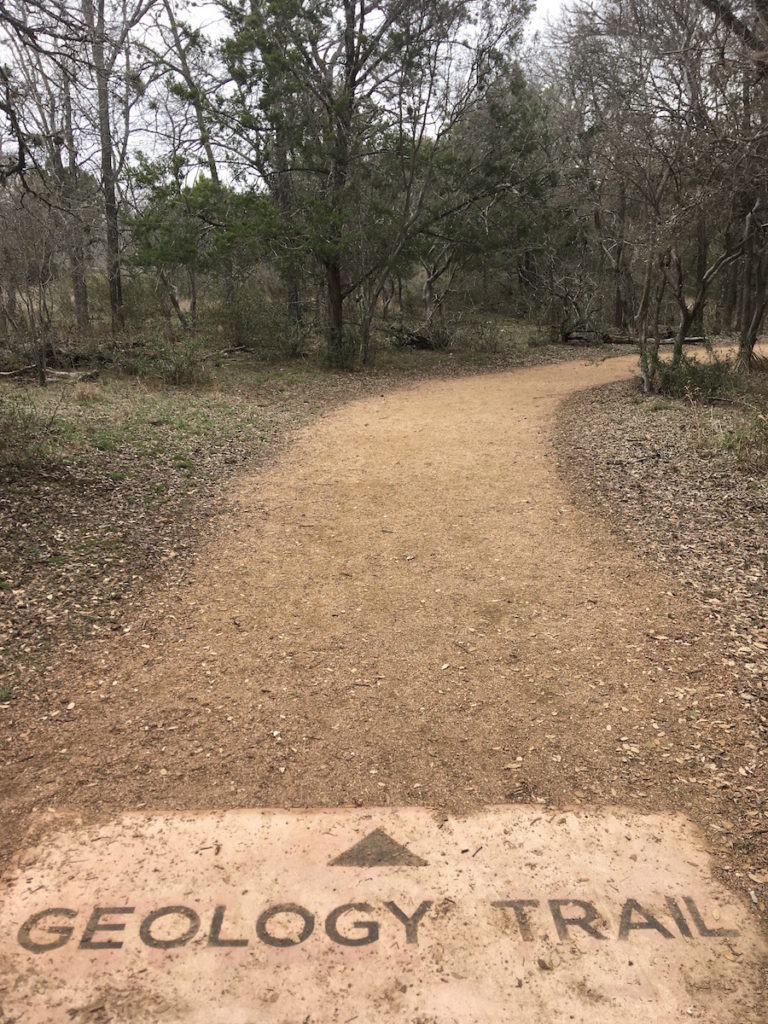
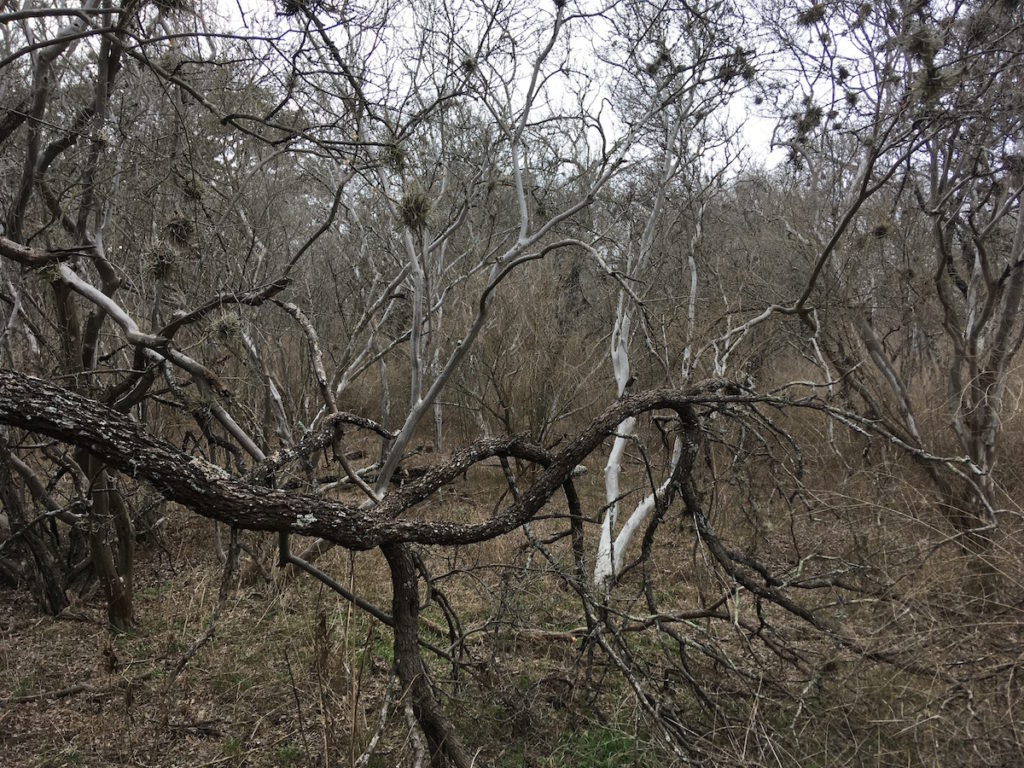

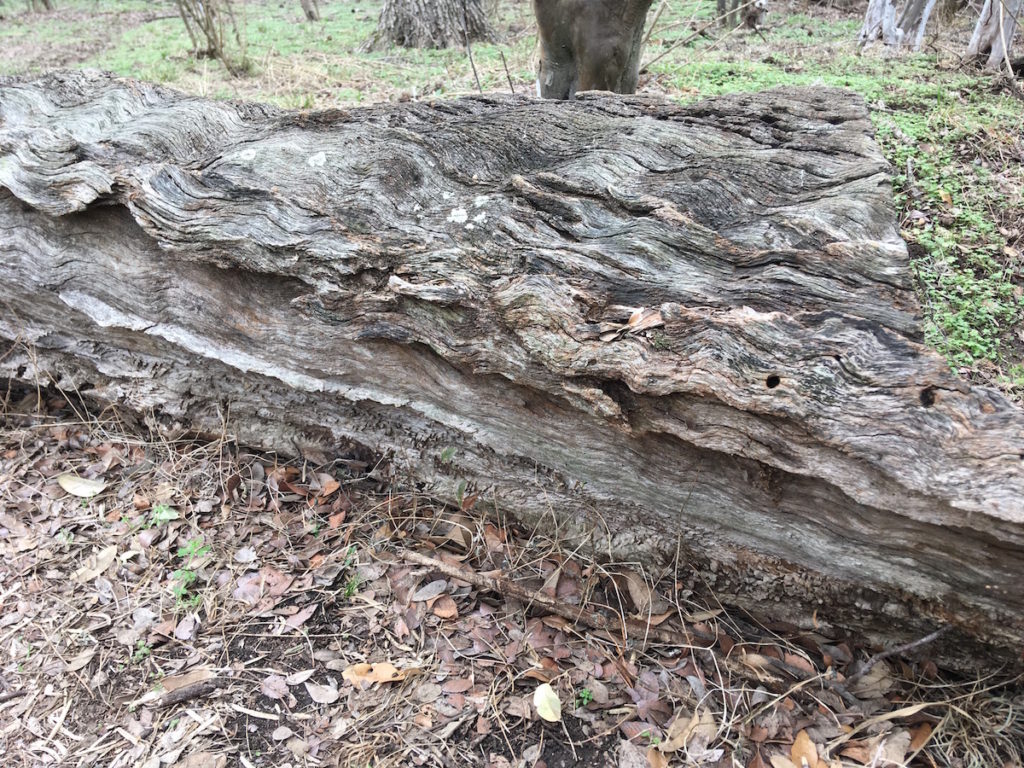
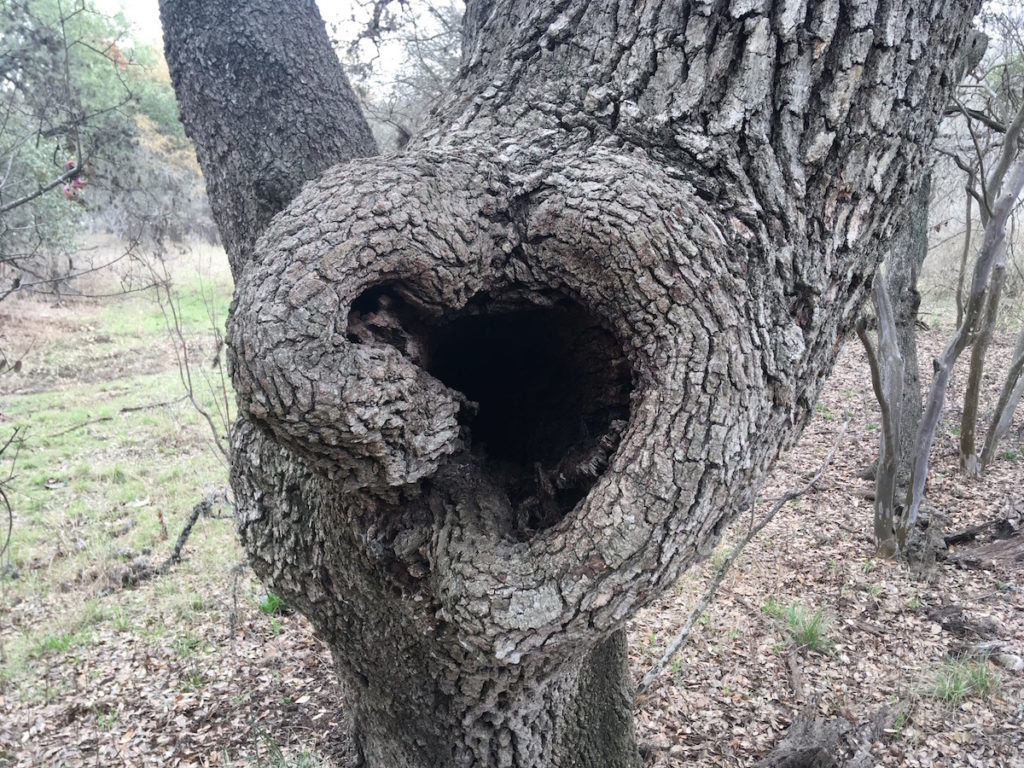

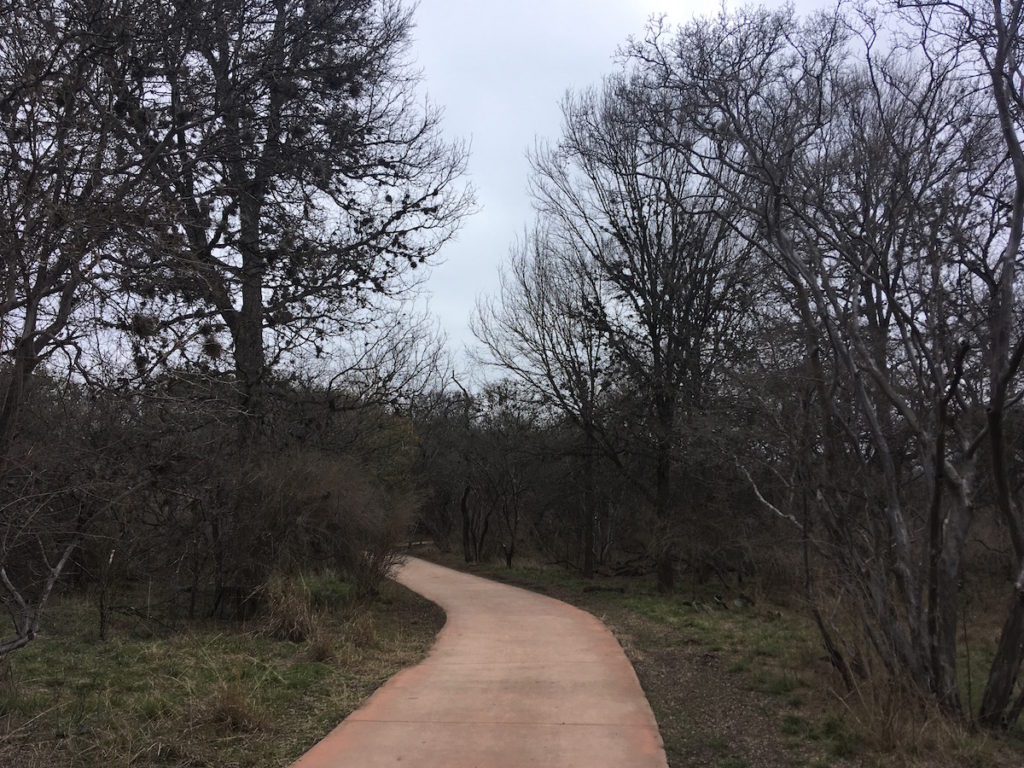
Great post, Denise. The idea of wildlife corridors was popularized by Dave Foreman in “Rewilding North America.” The core idea is that the larger the natural habitat, the more resilient fauna will be against the threat of extinction. Fire or drought or disease in one sector of a large habitat might stress wildlife populations, for example, but if critters can retreat to another sector of that large habitat, they can repopulate as the habitat repairs itself. Foreman shows that our various federal and state agencies own lots of wild lands, but these lands tend to be cut up into smaller parcels, surrounded by human development. If those parcels were connected by wildlife corridors, this would enhance biodiversity substantially. I hope to visit Hardberger park some day!
Thanks, Mike! I can’t wait for you to visit. Like I said, the bridge will be better years from now when it’s all grown in, but it’s still pretty darn cool right now. Thanks for the background on wildlife corridors. Makes a ton of sense. Hasta pronto, Denise
Definitely will be on my list when I get back to SA. Thanks, Denise.
Susan, You will LOVE the Tobin Land Bridge! Such a cool place. Cheers, Denise